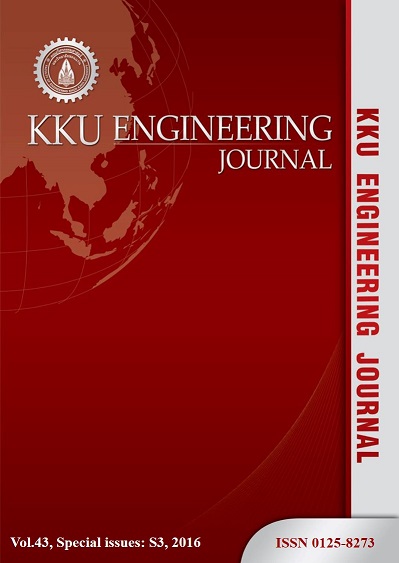Public participation in erosion monitoring on Mekong mainstream
Main Article Content
Abstract
According to the construction of Xayaburi hydropower project in Laos, people along the Mekong River especially Thai people are worried about the impacts regarding to the development of hydropower projects on bank erosion. This research has an objective to create the procedure to observe the changing of river bank and increase scientific knowledge of local Thai people along the Mekong mainstream in order to adapt their livelihood. This research has provided the procedure of erosion monitoring through the forum among academic sector, governance sector and public sector in 32 villages of 8 provinces in Thailand along Mekong mainstream. Four rows of 4-inches wooden pegs were installed in pilot study areas at Songkram confluence in Chaiburi sub-district, Tha Uthen district, Nakhon Phanom province. This bank erosion changing was observed by a team that established from researchers and local people. From the observation, the vertical height of wooden pegs appears to present the values of the eroding and depositing which are occurred on the Mekong river bank. On November 24, 2015, it is found that the lowest station of wooden peg that close to Mekong River level is tilting about 30 degree, and appear the eroding is about 700 millimeters. So, the team has concluded that this eroding is the highest risk case of erosion in this study. In addition, this research also increase scientific knowledge of local people in the changing mechanism of bank slope due to the change of water level and flow of Mekong River, the application of this procedure has agreed to broaden to other areas along Mekong Mainstream.
Article Details
How to Cite
Noulmanee, A., & Chaturabul, T. (2016). Public participation in erosion monitoring on Mekong mainstream. Engineering and Applied Science Research, 43, 389–392. retrieved from https://ph01.tci-thaijo.org/index.php/easr/article/view/70806
Section
ORIGINAL RESEARCH
This work is licensed under a Creative Commons Attribution-NonCommercial-NoDerivatives 4.0 International License.



